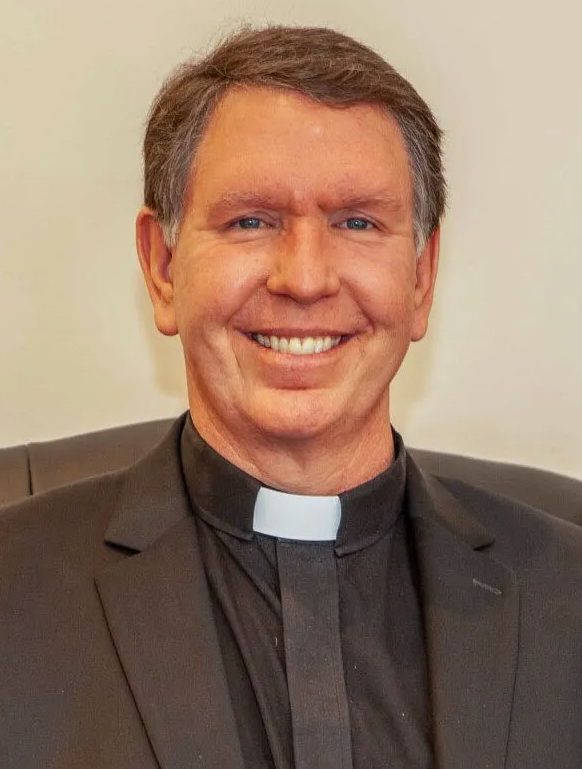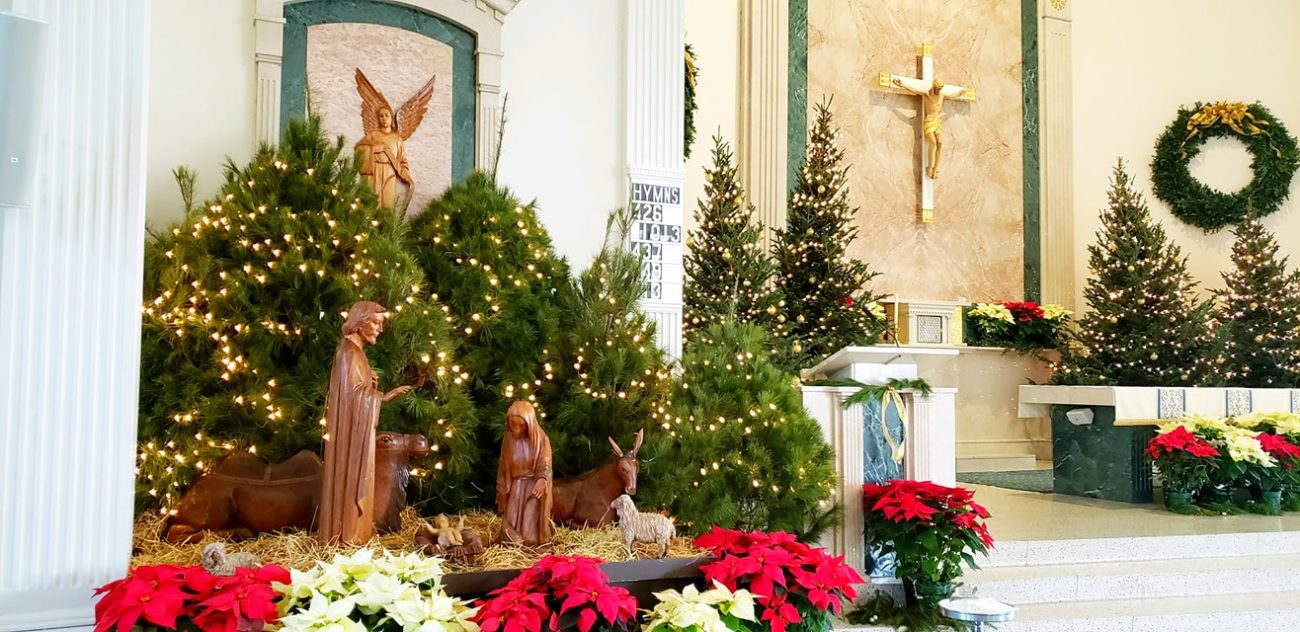When Father Matt Guckin describes a church as “beautiful” because “It’s so quiet, and it’ll be perfect for Christmas Eve,” he is referring to a growing trend for churches to tone down festive music and bright decorations during the celebration of Mass to serve Catholics with special needs.
At 6 p.m. on Tuesday, Dec. 24 Our Lady of Mount Carmel will host the second year of its sensory-friendly Christmas Eve Mass.
The parish is among six in the Archdiocese of Philadelphia that regularly helps Catholics to celebrate the liturgy in a quieter, more comfortable atmosphere than is typically encountered.
“The sort of target audience is for people who have developmental disabilities such as autism, and it would be people who are extremely sensitive to noise, movement distractions, visual distractions, contact, that sort of thing,” Father Guckin said.
In his experience , people with those challenges find a festive liturgy distracting, and it diminishes their ability to experience the fullness of the Mass.
“It could be the volume is too high; the priest’s volume is too high,” Father Guckin said. “There’s a lot of lighting. There’s a lot of reflections off the sacred vessels. There are people who come in late. The Mass can be excessively long.”

Father Matt Guckin
To help make the liturgy accessible for people with developmental disabilities, a team at the parish including Father Guckin and Mary Eileen Baltes, director of parish engagement, take a number of steps to create a quiet and calm atmosphere.
“At every entry into the church, we have professional signs that are printed (saying) ‘Sensory-friendly Mass in progress,’” he said.
A brief announcement from the pulpit before Mass explains to the congregation what a sensory-friendly Mass is, and parishioners are asked “to please be sensitive to movement and kneelers going down real hard, that kind of thing,” Father Guckin said. “I’ll tell you, by and large, everyone’s on point.”
The pastor knows that those who create the sonic and interpersonal experience of the Mass – the greeters, priests, lectors and music ministers – also understand the special needs of those attending the Mass.
“We the speakers are very aware of it. The readers and the celebrant are very aware of the volume. And so we’ll speak, not necessarily in a hushed tone, but we’ll bring it down a little bit,” Father Guckin said.
“Typically our readers come out of the congregation before the readings begin. For this Mass, we have them in the sanctuary already to reduce movement in the church.”
Music selections for the liturgy are limited if not eliminated. Instead of a long hymn for the Communion rite, a gentle instrumental setting may be played, and perhaps only one verse of “Silent Night” might serve as the closing hymn.
The friendly, interpersonal relations present in a typical Mass might also serve as a distraction or discomfort, so Mass planners work to mitigate those interactions.
“We don’t have greeters at that Mass, only because we don’t want people to be distracted,” Father Guckin said. “When the greeters are greeting people at any Mass, they’re just loud. Naturally, they’re excited. People are excited to see them. So we’ll tell ushers, and we’ll position ushers, and they’ll remind the people as they come in that this is a sensory-friendly Mass.”
Fr. Guckin has received positive feedback indicating that not only has the parish effectively built a sensory-sensitive atmosphere for those who need it, but that the experience actually builds a more conducive atmosphere to entering into the liturgy itself.
“I’ve had so many people over the past year say what a great Mass it was; it’s very reverent, because they’re not used to that,” said Father Guckin.
“About two hours ago, a friend of mine who’s a priest, I’ll keep him nameless, but he is autistic, and he just started (the practice) two months ago in his parish. He said, ‘I had my sensory-friendly Mass yesterday, and it is just so great.’ And I remember saying, ‘Isn’t it awesome?’ It’s very prayerful for us, for the celebrants, because everyone’s on point.”
The Mass also has powerfully taught the parish about developmental disabilities.
“I’ve had so many people over the past year say to me, ‘I knew nothing about this. This is really great,’” Father Guckin added. “You hear about autism all the time. But how does that play out practically (at church)? Here we see it at Mass.”
Creating this experience of the Mass helps the pastor to stay present and grounded with the parishioners he serves, and to his priestly vocation.
“When you stop and encounter the Lord’s people and their needs,” he said, “it just stops you in your tracks, and you say, ‘Wow, this is what I’m really called to do.’”
***
To find a list of sensory-friendly Masses celebrated monthly in parishes of the Archdiocese of Philadelphia, click here.
To learn more about how to host such a Mass and more information from the archdiocesan Office for Persons with Disabilities, click here.
PREVIOUS: Simplicity, Beauty Mark Warminster Parish’s Drive-Thru Living Nativity
NEXT: Pilgrimage to Italy Forming for Canonization of Blessed Carlo Acutis




Share this story